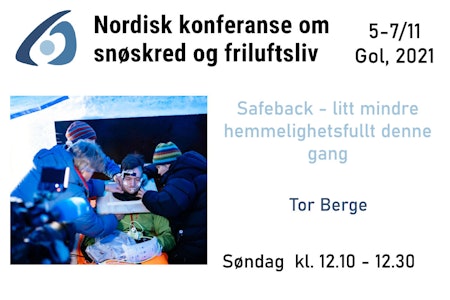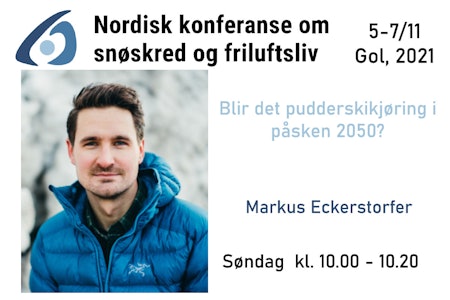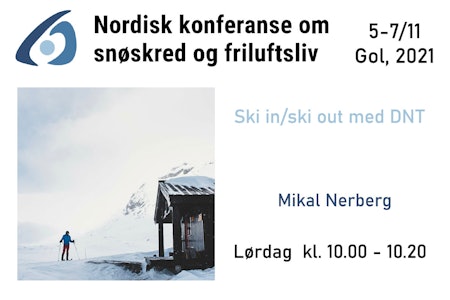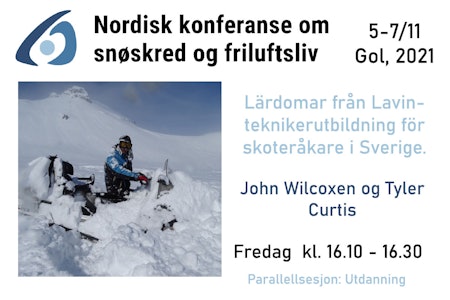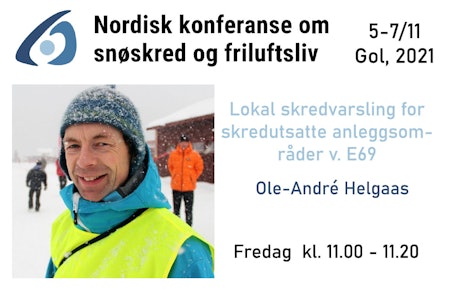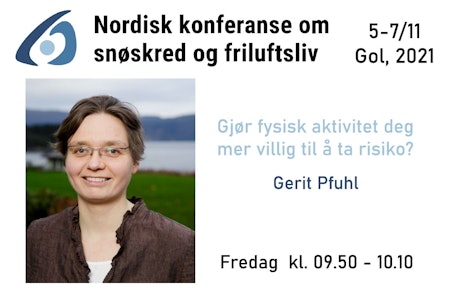Hazard level forecasts constitute an important risk mitigation tool to reduce loss of economic values and human lives. Avalanche forecasts represent an example.
As for many other domains, avalanche risk is communicated using a color coded, categorical, risk scale aimed at informing the public about past, current and future risk. We report the results from three experiments, where we test if an irrelevant trend in forecasted avalanche danger affect perceptions of current and future avalanche risk.
Our sample consist of individuals from three different populations targeted by national avalanche warning services. All three experiments show that the perception of avalanche risk is influenced by the trend, but that the effect is opposite for perceptions of current and future avalanche risk. While future avalanche risk is extrapolated in the same direction as the change in the previous day, we find that perceived current risk goes in the opposite direction as the trend in the forecast.
These effects diminish when we provide participants with a scale indicating the exact level of avalanche danger. However, for most of our measurement instruments, the effects remain significant.
The results may have implications for both risk communication in general and for avalanche warning services in particular, as they show that participants consider historic information when assessing current danger beyond what is intended by the sender.
Om foredragsholdere / opphavsfolk
Jens Andreas Terum
Department of Technology and Safety, UiT the Arctic University of Norway, Tromsø, Norway
ORCiD: https://orcid.org/0000-0003-2982-2959
Andrea Mannberg (presenter)
School of Business and Economics, UiT the Arctic University of Norway, Tromsø, Norway
ORCiD: https://orcid.org/0000-0003-3703-7416
Finn Kristoffer Hovem
Department of Technology and Safety, UiT the Arctic University of Norway, Tromsø, Norway






